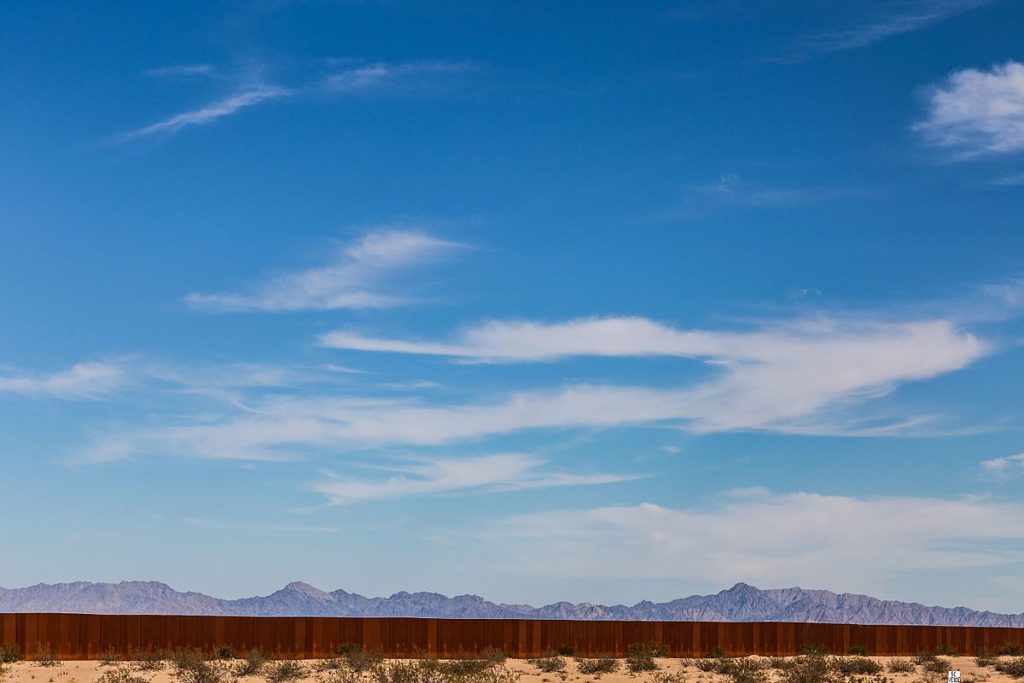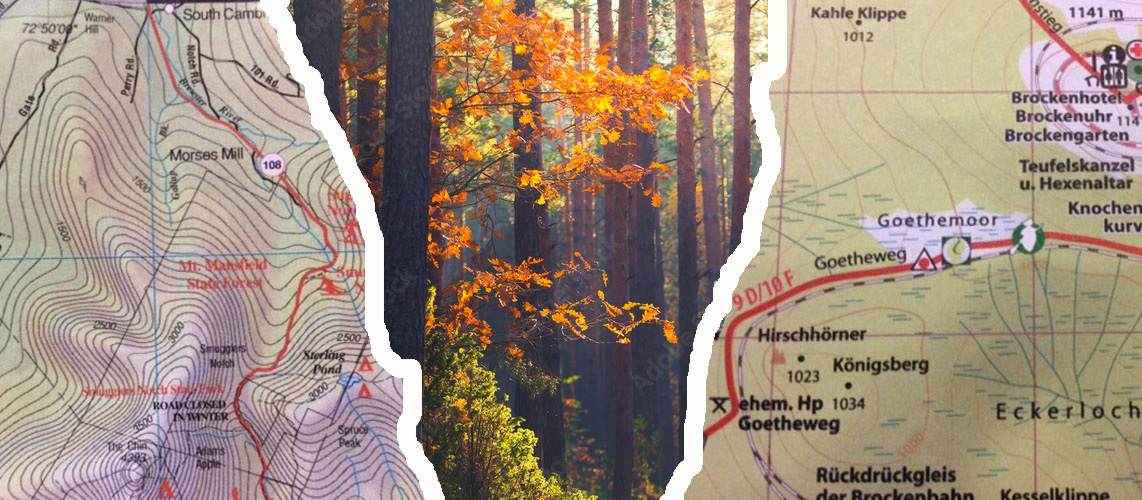“A wilderness, in contrast with those areas where man and his works dominate the landscape, is hereby recognized as an area where the earth and its community of life are untrammeled by man, where man himself is a visitor who does not remain.” (Section 2 (c) of the 1964 Wilderness Act)

© Tomas Castelazo, www.tomascastelazo.com / Wikimedia Commons, CC BY-SA 4.0, https://commons.wikimedia.org/w/index.php?curid=55290469
This certainly sounds like a good idea in an age where human activity has left no corner of the earth unaltered. I personally harbor great love and respect for vast spaces that are not defined by human activities but by ecological processes. Henry David Thoreau wrote that in “wildness lies the preservation of the world.” But like so much in human life, “it’s complicated” – “it” being our relationship to wilderness, or nature. Many writers have pointed out that wilderness is not an objective ecological state but a human construction, a story we tell about nature. The historian William Cronon pointed out that the notion of untouched land has often involved “forgetting” the history of that land, and suggests that such an idea could only arise as a by-product of industrialization and urbanization. It makes sense: People who live in close relationship with the land, be it as hunter-gatherers, nomadic pastoralists, or farmers, have little need to think of nature or wilderness as something separate from themselves or their everyday lives.
In his recent book “Walking Toward Moosalamoo: A Natural History of Terra Nullius,” environmental historian Hans Carlson eloquently examines the complex web of human-nature relationships. Early in the book, he shines a light on the dark side of conservation done with the view of wilderness as land empty of people: “Displacing traditional people is too often the result of both industrialization and protection.”
The book has become a much appreciated companion as I contemplate the many layers of history of the land in and around the Green Belt, the former border strip between East and West Germany. There, people were kept out not in the name of wilderness but in the name of keeping citizens of East Germany from leaving their country. The fact that despite the heavy fortifications, the narrow band of land would become a hot spot (or rather, hot strip) of biodiversity was a historical accident.
The U.S.-Mexico border is, of course, being built up to keep people out, and it has its own human and ecological complexities. As an article in today’s New York Times shows, the U.S. government is adding yet another twist to the definition of wilderness as empty (of humans) land: Last year, federal prosecutors invoked the above-cited Wilderness Act to charge humanitarian volunteers with illegal entry into a protected area. The people in question were searching for missing migrants in the Cabeza Prieta National Wildlife Refuge in Arizona, along the border with Mexico, and had left water jugs behind when they could not find the migrants. The federal judge who convicted the volunteers said their actions had eroded “the national decision to maintain the refuge in its pristine nature.”
Seems to me that the construction of border fortifications would interfere with the pristine nature of the refuge considerably more than the occasional pedestrian or water jug. It will be interesting to see whether permits will be issued for that.

My concern about construction of the border wall in wilderness areas has been answered, though not in the way I would have wished: Construction has begun in the Organ Pipe national monument, Cabeza Prieta national wildlife refuge, and San Pedro Riparian national conservation area. A 2005 law allows DHS to waive any laws “necessary to ensure expeditious construction of border barriers,” including the Endangered Species Act and the Clean Air Act. Find out more in this article in The Guardian:
https://www.theguardian.com/environment/2019/sep/12/border-wall-organ-pipe-cactus-arizona